Text
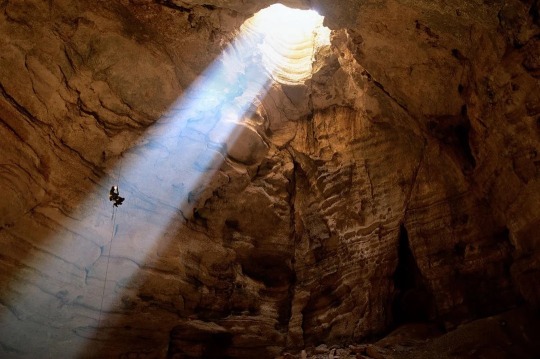
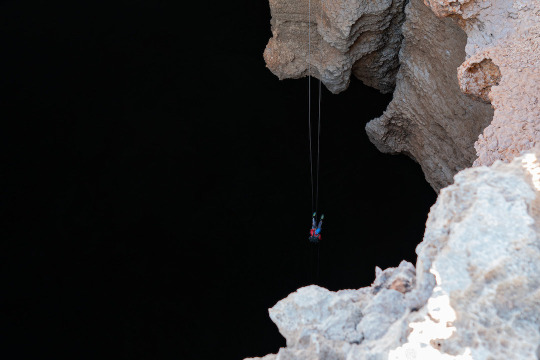


Majlis al Jinn (Jinn’s gathering place) | مجلس الجن
The second-largest known cave chamber in the world, the cave was discovered in June 1983 by Americans W. Don Davison, Jr. and his wife, Cheryl S. Jones, in a remote area in the Sultanate of Oman in southeastern Arabia. 🇴🇲
Don and Cheryl surveyed and photographed the cave in April and May, 1985. The map and cross sections they created, as well as photos, have been reproduced many times since.
Cheryl gave the cave its name, referring to the local belief that jinn (Arab mythological creatures) live in caves. 🧞♂️
#arab#arabian#middle east#arabian peninsula#arabian gulf#mena#Oman#sultanate of Oman#🇴🇲#عمان#سلطنة عمان#caves#cave chamber#nature#geography#mother earth#history#genie#jinn#djinn#Arabian nights#one thousand and one nights#1001 nights#Arab mythology#Arab folklore#Aladdin#Disney#landscape#travel#traveling
16 notes
·
View notes
Text
Traditional carved doors in the Arabian Peninsula:

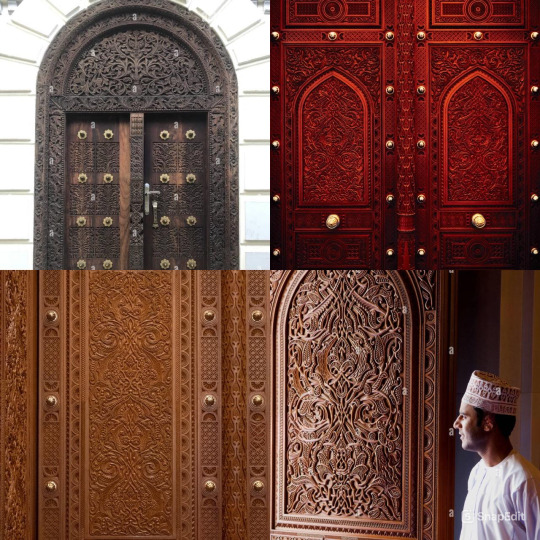

Left: Hijaz (Western Arabia)
Middle: Oman (Southern Arabia)
Right: Khaleej (Eastern Arabia)
#arab#arabian#culture#arabian peninsula#arabian gulf#architecture#saudi arabia#Oman#Khaleeji#Bahrain#Kuwait#uae#Qatar#ksa#united arab emirates#🇸🇦#🇦🇪#🇰🇼#🇧🇭#🇶🇦#🇴🇲#sultanate of oman#السعودية#الامارات#الكويت#البحرين#عمان#قطر#الخليج#doors
8 notes
·
View notes
Text

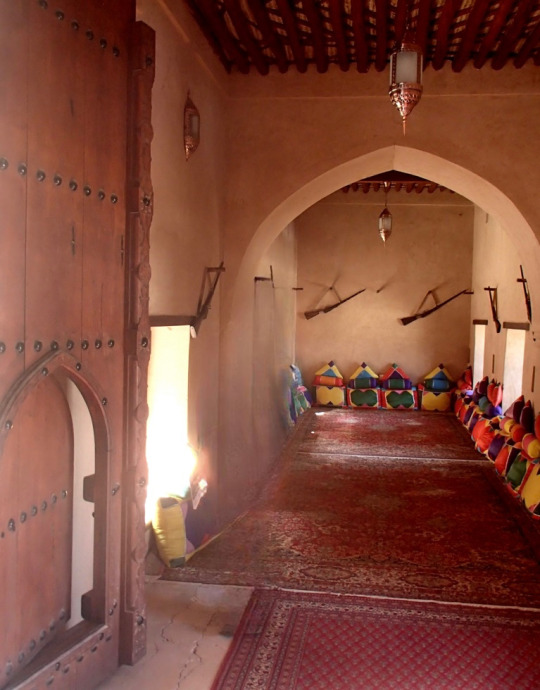
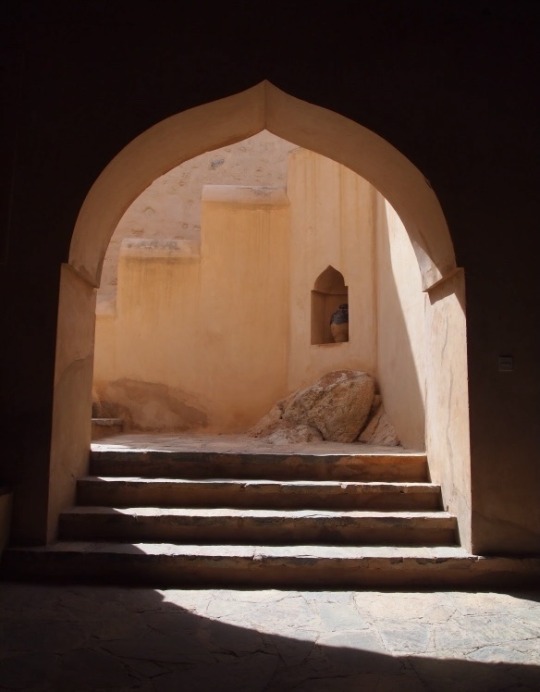

Nakhal Fort | قلعة نخل
A 7th century fort that was refurbished in 17th century, and extended in the 18th century. The fort was named after the mountainous Nakhal village, which is home to many old castles and forts.
Initially built as a protective measure for an area oasis and nearby trade routes. The fort today houses a museum, operated by the Ministry of Tourism. 🇴🇲
#arab#arabian#culture#middle east#arabian peninsula#mena#arabian gulf#architecture#arab architecture#Oman#sultanate of oman#🇴🇲#عمان#forts#arab interior#interior#history#West Asia#swana#Arabia#arabic#arabian architecture#castles#ethnic#traditional#سلطنة عمان#nizwa
87 notes
·
View notes
Text
Oud is an ancient Arabian instrument, and is the most important and used instrument in local music.
This is a South Arabian folkloric song/poem called Markeb al-Hind (The Ship from India) written in the early 1600s. Very famous and still covered by musicians today.
There’s a very long history of trade in the Indian Ocean between Arabia, India, and East Africa, and the lyrics of the poem reflects that.
#arab#arabian#culture#middle east#arabian peninsula#mena#arabian gulf#Yemen#🇾🇪#Khaleeji#arabic music#oud#Arabic instruments#Middle Eastern music#instruments#Music#folklore#ethnic#West Asia#swana#history#Yemeni culture#Arabic#arabia#lute#guitar#south Arabia#traditional music#folkloric music
15 notes
·
View notes
Text
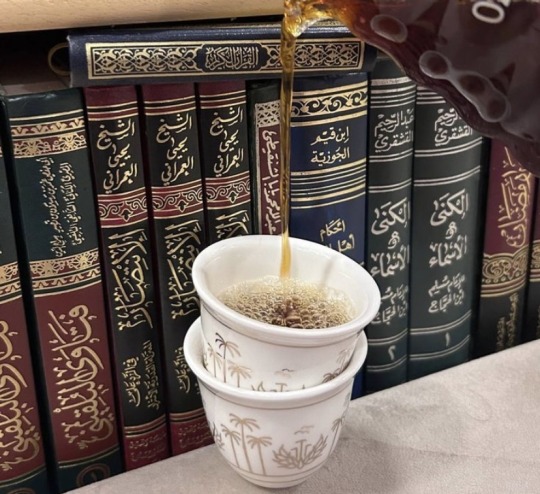
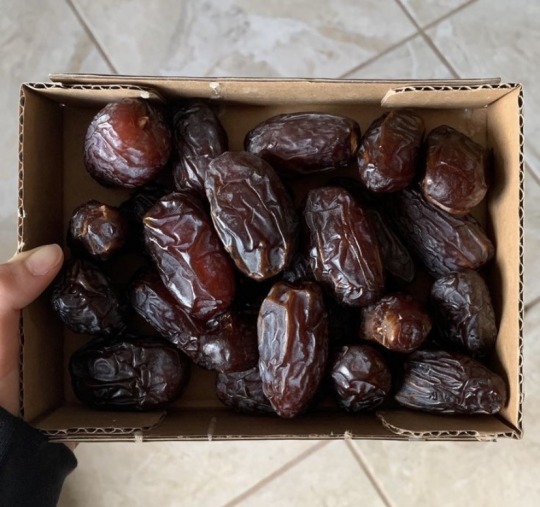

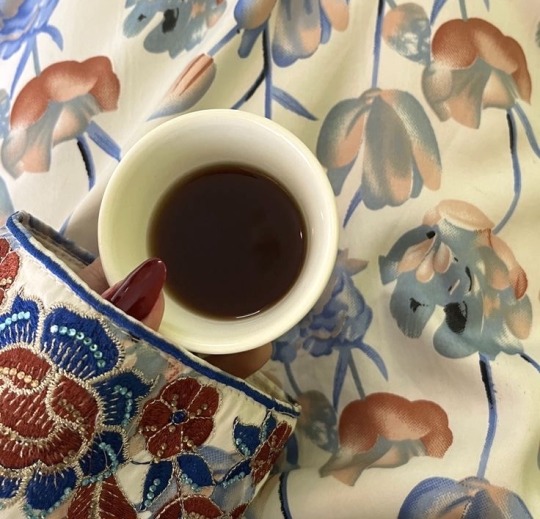
For centuries now coffee has been getting exported from East Africa to the other side of the Red Sea (the Arabian Peninsula) by traders. Today coffee has become a thing you MUST offer to guests according to local customs and traditions, along with dates as a side snack.
The most basic way of making traditional coffee in the region is boiling it with water for 20-30 minutes and adding spices, most importantly (and sometimes only) cardamom.
There’s so many types of coffee made in the Arabian peninsula, such as: coffee with milk and nuts, coffee with rose water, boiled coffee husks (cascara), light-roast (yellow) coffee with spices, sesame coffee, fermented black coffee, ginger and lemon coffee, unroasted green coffee. And so on. ☕️🫘

#arab#arabian#culture#middle east#arabian peninsula#mena#arabian gulf#saudi arabia#Khaleeji#swana#coffee#heritage#tradition#Arabic coffee#qahwa#قهوة#قهوة عربية#الخليج#Arabia#Arabic#history#Ethiopia#🇪🇹#Yemen#🇾🇪#horn of africa#East Africa#Ethiopian highlands#cuisine
25 notes
·
View notes
Text

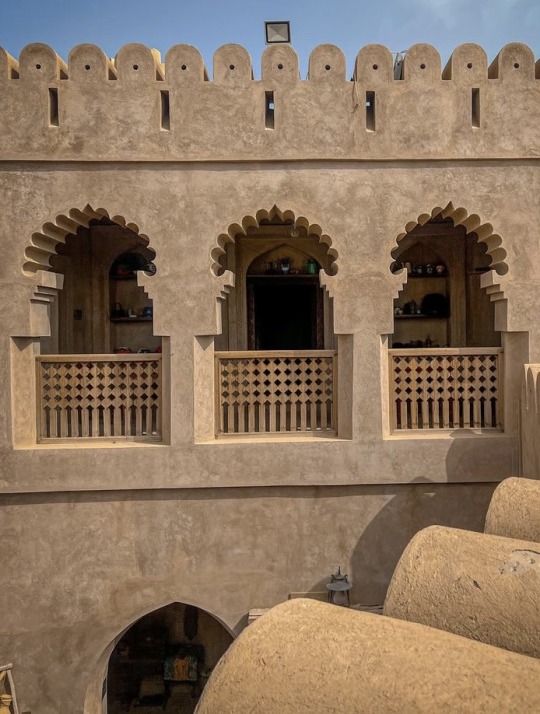


Al-Minzfa Village | قرية المنزفة
Located in Ibra city, Sultanate of Oman. 🇴🇲
The village was built in 1708. As ancient traditions would have it, most of the houses in Al Minzta village consist of two floors, while some of them have three floors.
#arab#arabian#culture#middle east#arabian peninsula#architecture#mena#arabian gulf#arab architecture#Arabia#Arabic#swana#oman#sultanate of oman#🇴🇲#عمان#سلطنة عمان#west Asia#Omani architecture#Arabian architecture#ethnic#traditional#traditional architecture#heritage#history#courtyard#East Arabia#eastern Arabia#Khaleeji#الخليج
67 notes
·
View notes
Text

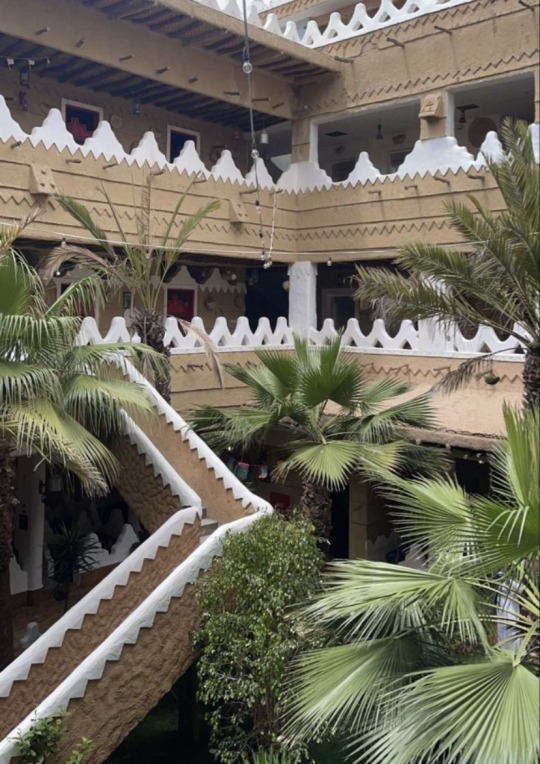
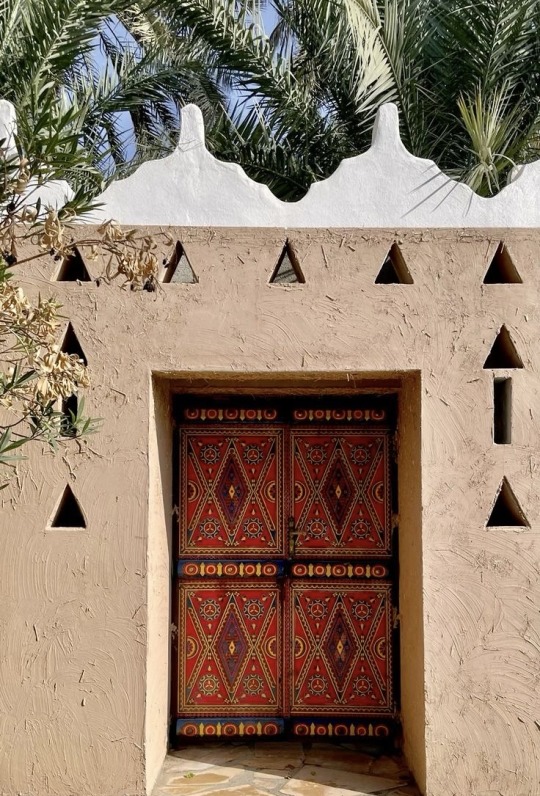
Traditional Najdi (Central Arabian) courtyard house and doors. 🇸🇦
#arab#arabian#culture#middle east#arabian peninsula#architecture#mena#arabian gulf#arab architecture#interior design#Saudi Arabia#ksa#🇸🇦#السعودية#المملكة العربية السعودية#الرياض#نجد#نجد العذية#najd#Riyadh#Arabic#arabia#Central Arabia#ethnic#Traditional#tradition#swana#West Asia#courtyards
10 notes
·
View notes
Text
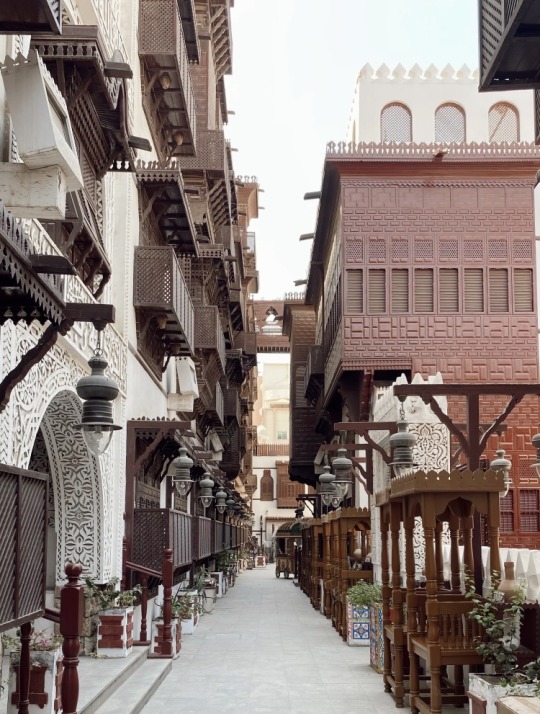
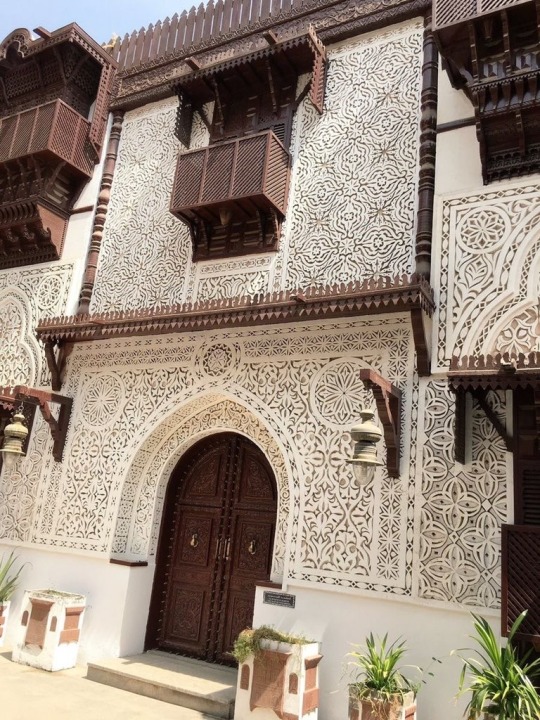
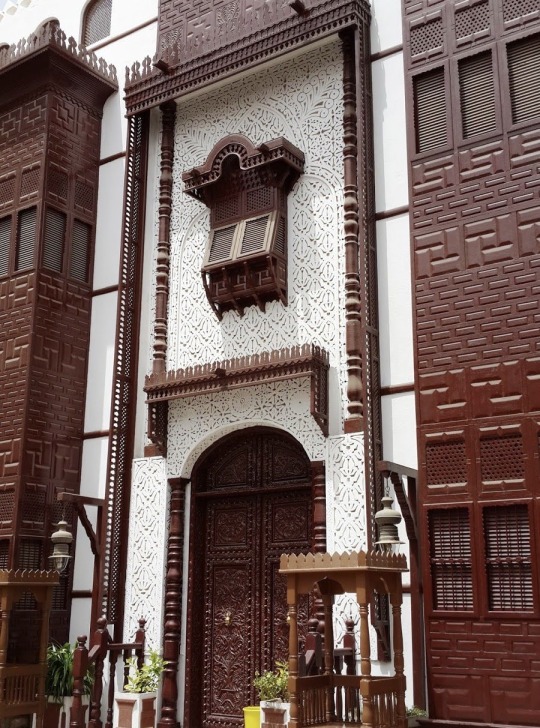

Taybat Museum | مدينة الطيبات
Opened in 1996, the museum is housed in a multiroom complex that re-creates the traditional Hijazi (west Arabian) architecture. It houses many ancient artifacts from the region and the entire Arabian Peninsula in general. 🇸🇦
The museum was visited by many famous figures, including princess Diana and king Charles.
#arab#arabian#culture#middle east#arabian peninsula#architecture#mena#arabian gulf#arab architecture#interior design#Hijaz#Hejaz#arabia#ethnic#cultural#museum#Jeddah#الحجاز#جدة#المملكة العربية السعودية#السعودية#ksa#🇸🇦#arabian architecture#heritage#swana#arabic#artifacts#history#west Arabia
35 notes
·
View notes
Text
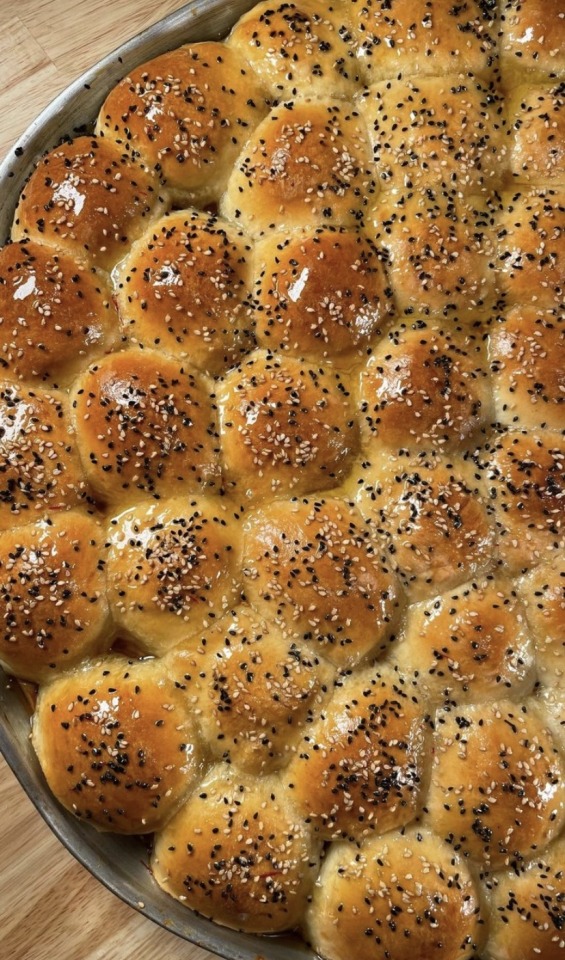
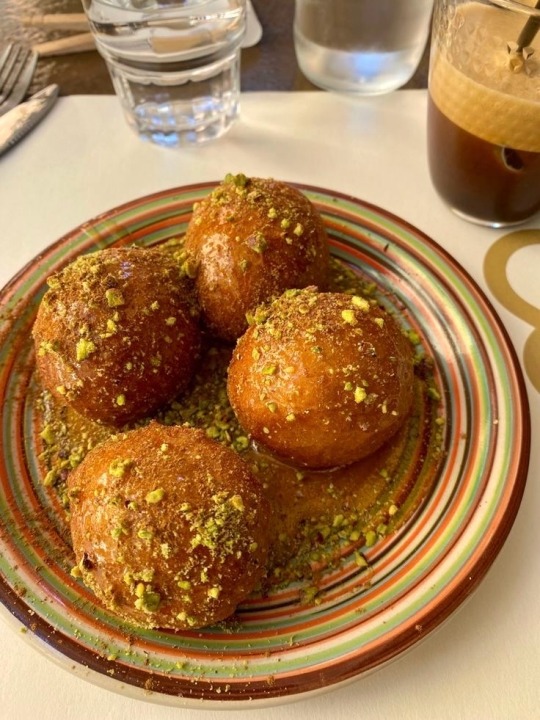
Two loved and well-known examples of pastries in the Arab world are:
1- Khaliet al Nahel خلية النحل | Cheese-stuffed “honeycomb” bread topped with honey and sesame.
2- Luqaimat لقيمات | The Arabic (way older) version of donuts with honey, pistachios, etc.
#arab#arabian#culture#middle east#arabian peninsula#mena#arabian gulf#Arab food#arab cuisine#Arab culture#Khaleeji#ramadan#honeycomb bread#luqaimat#لقيمات#خلية النحل#foodie#delicious#tasty#Food#cuisine#cooking#tradition#ethnic#swana
56 notes
·
View notes
Text




Sedra House | بيت السدرة
A 100 year old traditional Kuwaiti (East Arabian) house in Kuwait City that was turned into an antiques vintage shop. 🇰🇼
#arab#arabian#culture#middle east#architecture#mena#arab architecture#arabian peninsula#arabian architecture#Kuwait#Kuwait city#🇰🇼#الكويت#vintage#antique#shops#plants#cozy#comfy#aesthetic#vibes#traditional#ethnic#swana#arabian Gulf#Eastern Arabia#east arabia#Khaleeji#الخليج#Khaleej
87 notes
·
View notes
Text



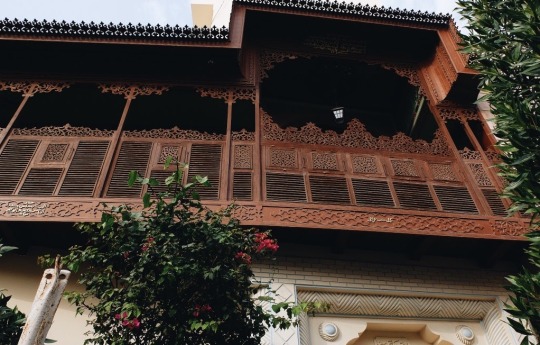
Muharraq | المحرق
A city that’s a center for Bahraini (East Arabian) culture and heritage. Known for it’s traditional architecture, it has many 100-400 years old and older buildings. 🇧🇭
#arab#arabian#culture#middle east#architecture#mena#arab architecture#arabian peninsula#saudi arabia#arabian architecture#Bahrain#arabian Gulf#🇧🇭#manama#muharaqq#Khaleeji#ethnic#Traditional architecture#east Arabia#Eastern Arabia#الخليج#البحرين#المنامة#المحرق#arabia#Arabic#heritage#Khaleeji architecture#khaleej
18 notes
·
View notes
Text




The best breakfast out there.
#arab#arabian#culture#middle east#mena#arabian peninsula#saudi arabia#swana#arabic#breakfast#ethnic#food#nostalgic#nostalgia#morning#Tea#bread#cheese#fruits#foodie#cuisine#Arabian Gulf#healthy#lifestyle#healthy lifestyle#childhood
13 notes
·
View notes
Text
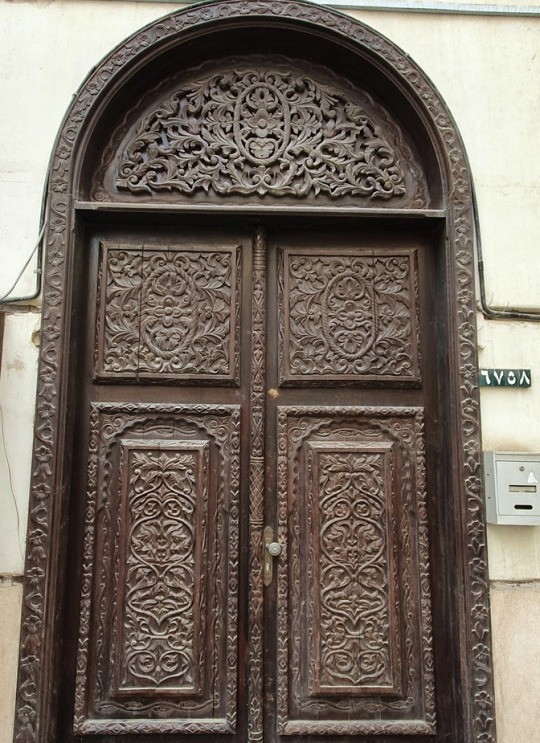

Sharbatly House | بيت الشربتلي
Traditional Hijazi (west Arabian) house in Jeddah, a port city along the Red Sea between Asia and Africa. built in 1910. It belonged to the Sharbatly merchant family from the region. 🇸🇦
#arab#arabian#architecture#culture#interior#interior design#middle east#arab architecture#arabian gulf#arabian peninsula#craft#doors#Hijaz#Hejaz#West Arabia#Western Arabia#Jeddah#ksa#Saudi Arabia#🇸🇦#جدة#البلد#الحجاز#السعودية#المملكة العربية السعودية#al balad#arabian architecture#arabia#MENA#swana
25 notes
·
View notes
Text


Najdi Patterns | الزخرفة النجدية
Traditional Najdi (Central Arabian) patterns used to decorate doors and windows. 🇸🇦
#arab#arabian#architecture#culture#interior#interior design#middle east#arab architecture#arabian gulf#arabian peninsula#najd#نجد#Saudi Arabia#ksa#🇸🇦#نجد العذية#الرياض#السعودية#المملكة العربية السعودية#Riyadh#patterns#crafts#Traditional#ethnic#MENA#swana#Central Arabia
24 notes
·
View notes
Text



Muscat | مسقط
Capital of the Sultanate of Oman in Southeastern Arabia. 🇴🇲
#arab#arabian#architecture#culture#interior#interior design#middle east#arab architecture#arabian gulf#arabian peninsula#Oman#muscat#🇴🇲#sultanate of oman#عمان#سلطنة عمان#مسقط#Arab cities#Arab city#MENA#East Arabia#Eastern Arabia#history#ethnic#swana
21 notes
·
View notes
Text
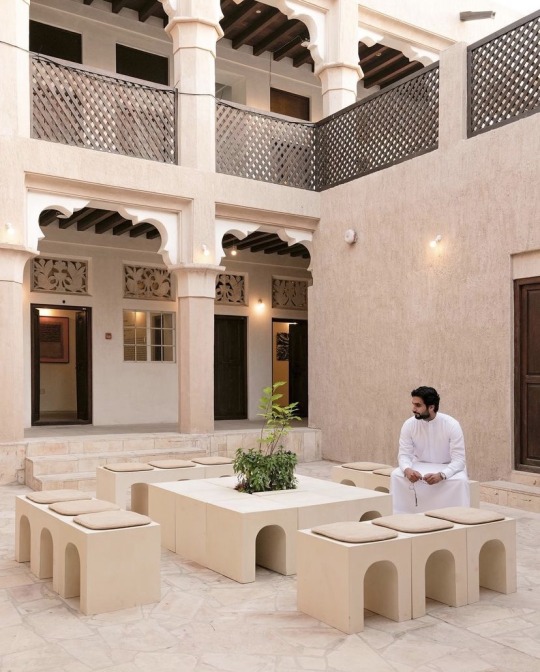
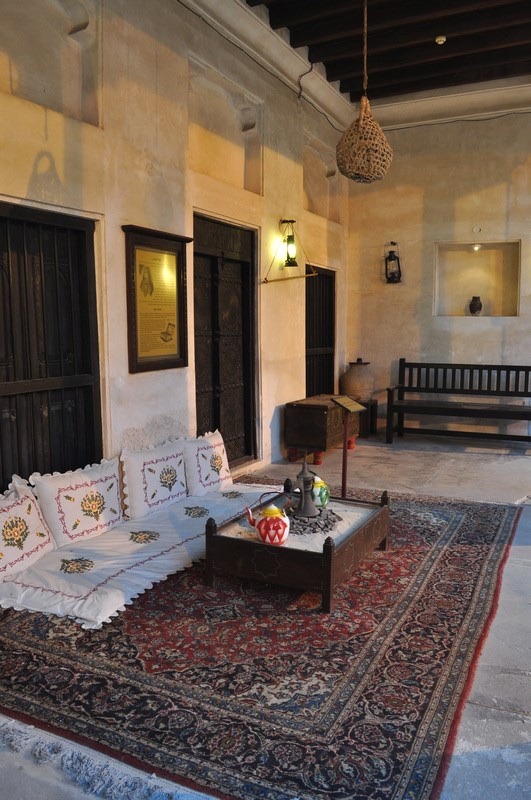

The Heritage House and Ahmediya School | بيت التراث ومدرسة الاحمدية
(Heritage House: left + middle)
A traditional house built in 1890 by a Dubai local and bought in 1910 by a wealthy pearl merchant.
(Ahmediya School: right)
Built in 1912, it’s Dubai's oldest known formal educational institution.
Both buildings showcase Dubai’s pre-oil boom and globalization past. 🇦🇪
#arab#arabian#architecture#culture#interior#interior design#middle east#arab architecture#arabian gulf#arabian peninsula#East Arabia#eastern Arabia#Dubai#دبي#الامارات#uae#united arab emirates#emirates#🇦🇪#traditional architecture#arabian architecture#ethnic#MENA#swana#Dubai architecture#الامارات العربية المتحدة#majlis#Arabian interior#Arab interior#Khaleej
6 notes
·
View notes
Text
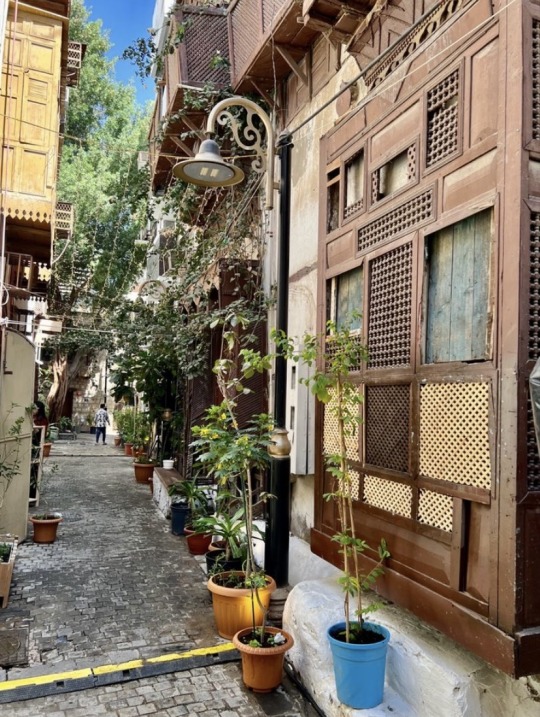





Al Balad | البلد
“The Town” in Arabic, is the old district of Jeddah city, a historically important port in western Arabia along the Red Sea. It’s characterized by traditional Hijazi (west Arabian) houses. 🇸🇦
Al-Balad was originally founded in the 7th century. The old city today is a home for many 500-year-old buildings.
#arab#arabian#architecture#culture#interior#interior design#middle east#arab architecture#arabian gulf#arabian peninsula#west Arabia#Western Arabia#Hijaz#Hejaz#Saudi Arabia#ksa#🇸🇦#السعودية#المملكه العربيه السعوديه#الحجاز#جدة#البلد#al balad
30 notes
·
View notes